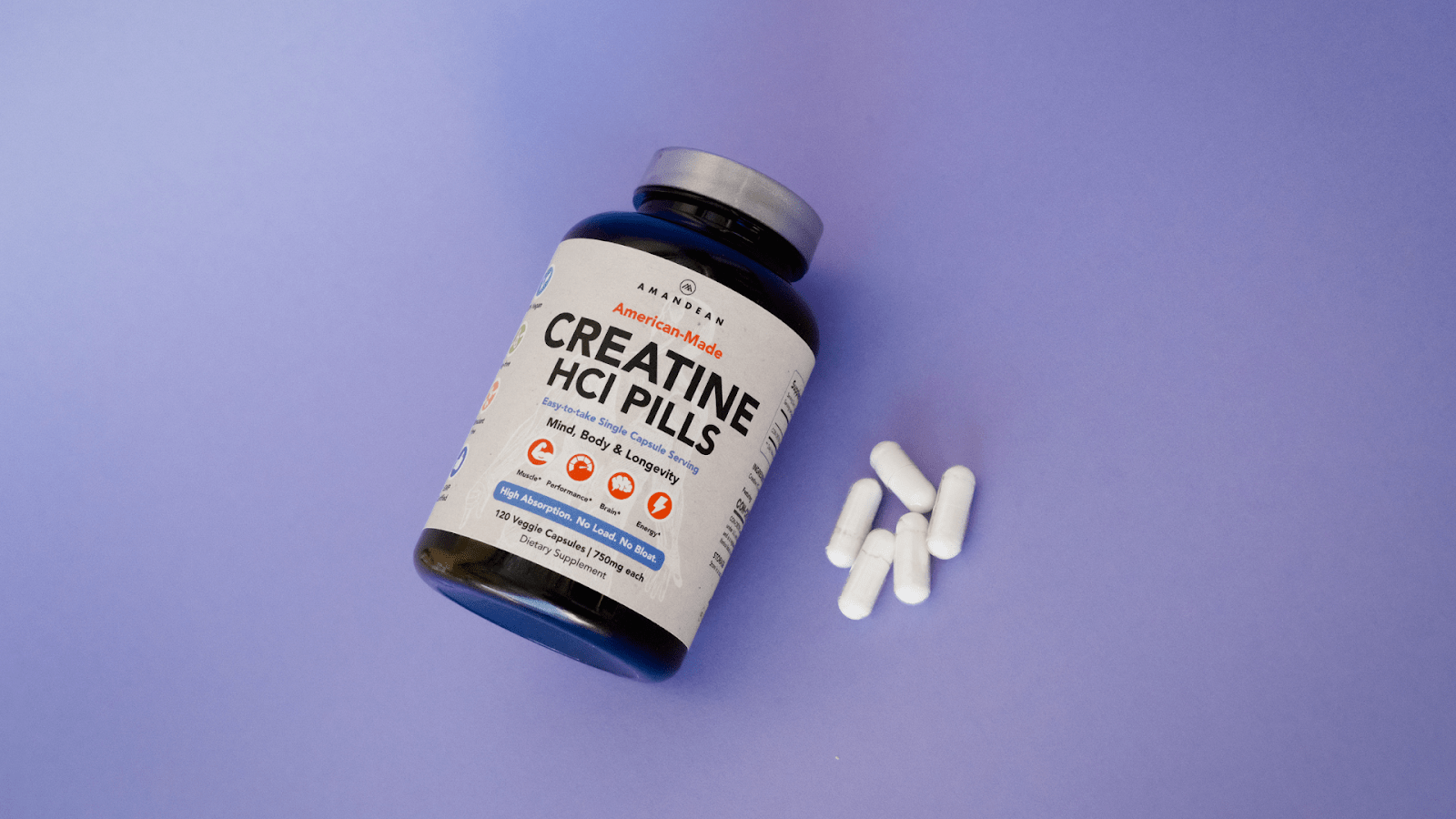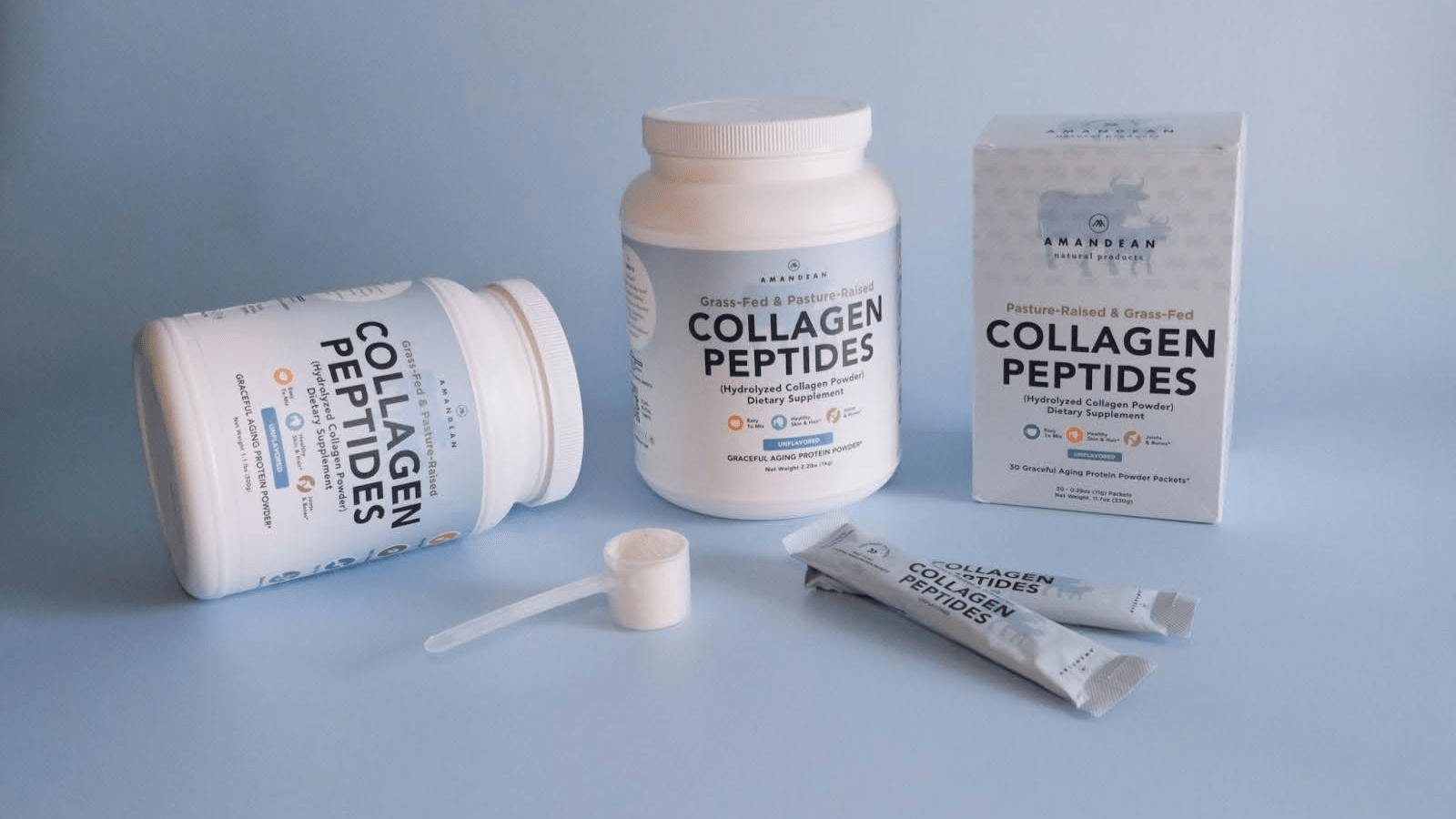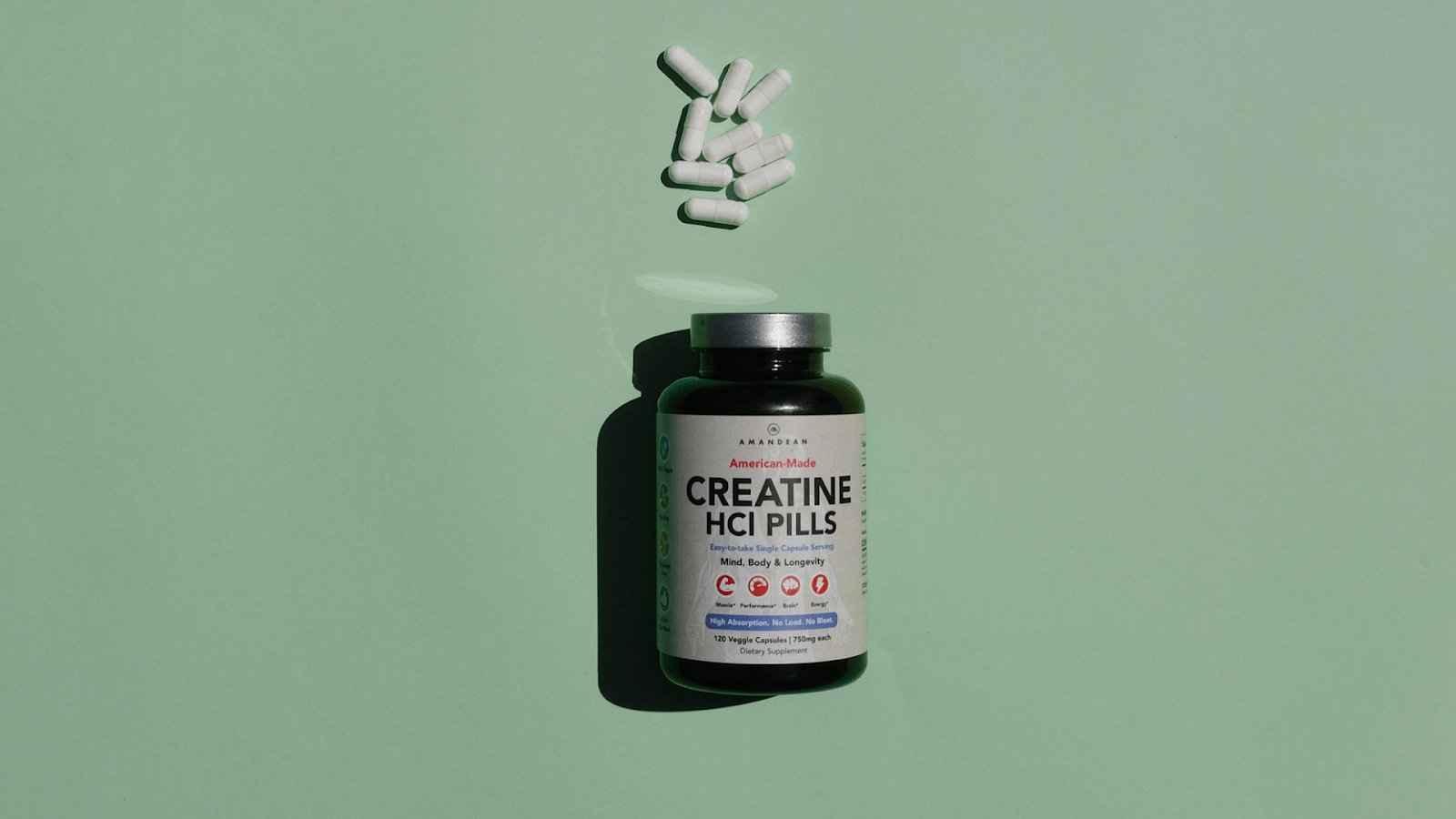Your Cart is Empty

March 10, 2023 6 min read
Your body is your vehicle and you must keep the engine running at all times, especially when you work out. In order to run well, a healthy engine needs the right fuel, in the right amounts, at the right times. While it might seem like a lot of work to constantly be thinking about what you’re consuming, it’s actually not hard at all! (Did we mention the potential results? Hello, dream body!)
According to the American College of Sports Medicine, “adequate food and fluid should be consumed before, during, and after exercise to help maintain blood glucose concentration during exercise, maximize exercise performance, and improve recovery time. Also, athletes should be well hydrated before exercise and drink enough fluid during and after exercise to balance fluid losses.”
While you don’t necessarily need to adhere to a strict schedule, consciously consuming before and after exercise can help you feel (and look) better over time. Here are some tips to get you started on the right foot.
Take our quiz and find which supplements your body is craving.

Not fueling up before you work out is basically like trying to drive a car that’s run out of gas. You won’t have the energy it takes to make the most of your workout, which will limit your ability to burn calories.
Ideally, you should start fueling up two hours prior to your workout. What we recommend:
Hydrate with water Eat healthy carbohydrates such as vegetables, whole fruits, legumes, nuts, seeds, and whole grains. Avoid saturated fats. Saturated fats take longer to digest, hogging much-needed oxygen and energy-delivering blood flow from your muscles.
5-10 minutes before you exercise, you can eat a piece of fruit (an apple or a banana works perfectly, as they are easily digested carbs) and give your body the extra boost it needs.
Whether you’re a seasoned athlete training for several hours or someone who is reintroducing their body into a low to moderate workout routine, it is important to keep hydrated with small, frequent sips of water.
For workouts lasting up to an hour, we suggest avoiding eating. However, for longer, high intensity, and vigorous workouts, it is recommended to ingest 50-100 calories worth of carbohydrates every half hour.
Post-workout, it’s important to replenish your body’s nutrients in order to facilitate a quick and effective physical recovery.
Drink lots of fluids to rehydrate yourself. You can blend your water with 100% juice, such as orange juice, to regain energy-boosting carbohydrates. More carbs! Remember, you’ll be burning a lot of carbohydrates (the main fuel for your muscles) when you workout. Proteins: the fundamental building blocks of bones, muscles, cartilage, skin, and even blood. Besides, your body uses protein to build and repair tissues. Without it, your muscles wouldn’t be able to repair themselves and grow. You also use protein to make enzymes, hormones, and other body chemicals. Proteins, especially collagen, are pretty necessary as you can see! Foods like seafood, white-meat poultry, eggs, and beans are great sources where you can get your protein from, including quality collagen supplement. Do what works for YOU. Everyone’s body is different, which makes getting to know yours extremely important. While giving your workout 100% will always be the most effective, make sure to also listen to your body to avoid going overboard. Rest in a way that best suits your physical need post-exercise.
Whether for breakfast or a midday snack, a simple bowl of oats is the perfect way to jumpstart your day or keep your going. Oatmeal’s low-glycemic index and high fiber content digests slowly, allowing you to use that saved-up energy throughout your day.The best part? It won’t cause you to crash like with other caffeine and sugar-heavy beverages and snacks.
Ultimately, putting the effort in to pick the right pre-workout snack could be just what your body needs to power through your workout. Incorporating these nine selections exposes you to a range of nutrients and beneficial qualities that will give you an edge when going for the gold. If your workouts are feeling stale or slow, try swapping out unhealthy snacks for some of these healthier alternatives. As long as you're mindful of what your body needs before starting any activity and adjust timing and intake as necessary, making sure you fuel up properly could be just what helps propel you further along in achieving your fitness goals. After all, everyone can benefit from a good boost!

October 17, 2025 8 min read
Find out why creatine is better for vegans! Boost your wellness game and unlock peak performance with Amandean's premium supplements today.

October 16, 2025 7 min read
Learn whether collagen in coffee is just another wellness fad. Examine the facts, benefits, and how to use collagen in coffee for beauty and joint support.

September 22, 2025 9 min read
Unlock the full benefits of creatine for women. Boost energy, beauty, and brainpower with Amandean’s clean formulas.